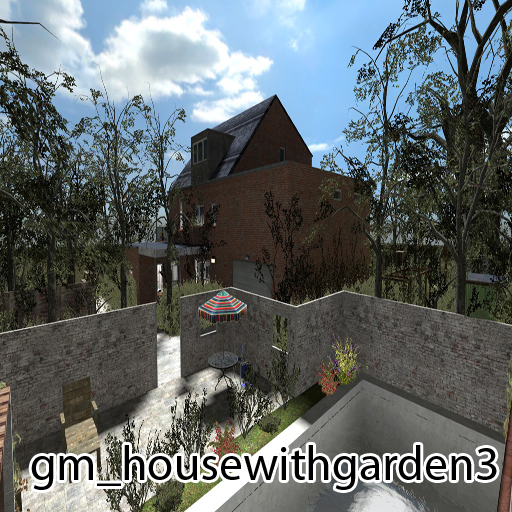
The card shown in the picture here is a limited-edition reproduction made in April of 1990. It’s possible that this is the only surviving example. There is said a deck to be in a private collection. The Hidden Map takes viewers deep into the ancestral Armenian homeland, where a chance meeting between an Armenian-American granddaughter of genocide survivors and a Scottish explorer leads to a joint odyssey beneath the surface of modern-day Turkey, uncovering buried secrets, brave resilience and the hidden map. The secrecy surrounding them was so high, that no one really knows how many were produced or how many have survived. The house was demolished after they escaped, but Google still doesn’t want you to see it for God knows what reasons. Apparently, the owner of this house kept 3 women captive here for over 10 years. This deck of cards became known as the “Map Deck.” It was made by hiding maps of top-secret escape routes between the two paper layers that make up all modern playing cards. When soaked in water, these decks could be peeled apart to reveal hidden maps that allowed escaping prisoners to find their way to safety.ĭue to the nature of the war and the prosecution of war crimes thereafter, the map decks remained a closely guarded secret for many years after the war ended. 2207 Seymour Avenue, Cleveland, Ohio, United States. This deck was specifically created to help allied prisoners of war escape from German POW camps. The Hidden Map makes its debut nationwide on NBCLX April 23-25. You can stream it or check your channel listing, go to LX.com for more information.So when was it made, and what was it used for?ĭuring World War II, The United States Playing Card Company joined forces with American and British intelligence agencies to create a very special deck of cards. And yes, our identity matters that makes us rich, it makes us who we are and it makes us appreciate others," said Hovannisian. "People are hating each other because of how they were born, because of how they look, because of what group they belong to rather than seeing that we all belong to the same common human race. There is only a tiny number of Armenians living in Turkey and almost none of them are living in historical Armenia," said Steven Sim, "The Hidden Map."Īni said while trekking through the mountains and facing her family's past, she realized how much of what happened more than 106 years ago matters today. Over the coming decades survivors were assimilated or expelled. The Ottoman Empire tried to exterminate this Armenian population and they were successful in doing that. "What happened to the Armenian people in 1915 and the years after that, there isn't any question it is a proper genocide. And, get breaking news alerts in the FOX 11 News app. Get your top stories delivered daily! Sign up for FOX 11’s Fast 5 newsletter. People who have lived on those lands for all these years, with this secret inside them," said Hovannisian. "I am here to look at all the old buildings and churches, all the Armenian things, because they are not surviving- there will be nothing left," said Steven Sim, in the film "The Hidden Map." He had started out as a college student doing a summer project on Medieval architecture and he had become entranced by history said Hovannisian.

Steven Sim was from a small town in Scotland. For over 30 years he had been going around documenting what's left of the vanishing traces of historic Armenia. I found it very odd because non-Armenians are not normally interested in these things," "I saw this guy taking pictures in an old Armenian home. It was unbelievable to see, but as much as the Turkish government has tried to erase every trace of everything Armenian, thousands of monasteries and churches and villages - and changing names and just erasing all signs of the past," said Hovannisian.ĭuring her journey, there was a turning point when she had an unexpected encounter. "I wanted to go find the churches and town and homes my grandparents had talked about while growing up, but all I found were ruins, fragments of Armenian writing and massive holes were Armenian things used to be.


In 2012 she went back to the village, back to the stories from her childhood, back to what is now modern-day eastern Turkey, to trace her beginnings. Born and raised in Fresno, she has fond memories of what she describes as a "golden childhood." Ani's passion for sharing people's stories and seeking the truth, became a passion for documentary filmmaking. Both sides of Ani Hovannisian grandparents were Armenian Genocide survivors.


 0 kommentar(er)
0 kommentar(er)
